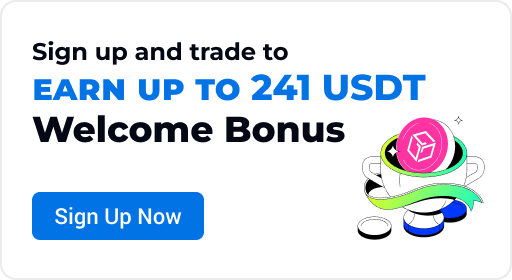What is BAN
Learned by 66 usersPublished on 2024.04.01 Last updated on 2024.10.15
Tokens
1. What is a ban?
Introduction to Tokens (excluding price information)
1. Definition and Features of Tokens
Tokens are a type of digital currency that uses encryption technology for trading and control. They are not controlled by any government or institution and are traded and verified through a decentralized network. The characteristics of Tokens include:
- Decentralization: Not controlled by any government or institution.
- Anonymity: Transactions can remain anonymous.
- Security: Uses encryption technology for trading and control.
- Globality: Can be traded globally.
2. Regulatory Trends for Tokens
Countries have different regulatory attitudes and measures towards Tokens. For example:
- China: Completely banned the trading and use of Tokens.
- The United States: Adopts a regulatory plus partial support attitude, hoping to incorporate Tokens into the official financial and banking system.
- Singapore: Conducts item-by-item investigations of Tokens, considering their specific risks and potential uses, planning to impose further restrictions on retail investment channels for Tokens.
3. Risks of Tokens
Tokens come with various risks, including:
- High Price Volatility: The price fluctuations of Tokens are much greater than those of stocks.
- Liquidity Issues: The secondary market for Tokens may face liquidity problems.
- Frequent Security Incidents: Tokens are vulnerable to hacking and other security threats.
- Legal and Regulatory Risks: Different countries have varying legal and regulatory measures regarding Tokens, which may cause uncertainty for investors.
4. Potential Uses of Tokens
Besides serving as investment tools, Tokens have other potential uses, such as:
- Payment Tools: Tokens can be used as payment tools, providing fast and secure transaction services.
- Stablecoins: Stablecoins are Tokens whose value is pegged to a fiat currency, possessing stable value that can be used as a payment tool.
In summary, Tokens are a type of digital currency that has various features and risks, with different regulatory attitudes and measures in various countries. Investors need to fully understand their risks and potential uses.
2. Who founded the ban?
The founder of Binance is Changpeng Zhao, a Chinese-Canadian entrepreneur who previously served as a member of Blockchain.info and as the Chief Technology Officer of OKCoin. In 2017, he left OKCoin and founded Binance, which later became the largest Tokens exchange in the world.
3. Which venture capital firms have invested in the ban?
Here are some of the venture capital firms that have invested in the Tokens field:
Sequoia Capital: Invested in several crypto projects, such as FTX, CoinSwitch Kuber, Fireblocks, Strips Finance, and DeSo.
a16z (Andreessen Horowitz): Invested in multiple Tokens and Web3 projects such as Coinbase, OpenSea, Uniswap, and Aave.
SoftBank: Invested in Tokens exchanges such as FTX through its Vision Fund.
Jump Crypto: Invested in several successful blockchain projects like Ethereum, Augur, 0x, among others.
Multicoin Capital: Invested in several protocols and projects, including Filecoin, 0x, Polkadot, and Ethereum.
Coinbase Ventures: Invested in projects within the Web3 and Tokens ecosystems, such as Uniswap and Aave.
Paradigm: Invested in multiple crypto projects like Fireblocks and Strips Finance.
These companies have made substantial investments in the Tokens and Web3 space, driving the development of this sector.
4. How does the ban operate?
Tokens are a digital payment system that does not rely on banks to validate transactions. Below is an overview of how it operates:
Distributed Public Ledger (Blockchain): Tokens operate on a blockchain, which is a distributed public ledger that records all transactions. Each block contains multiple transactions and is cryptographically linked to the preceding block, forming an immutable chain.
Transaction Validation: Transactions need to be validated through encryption technology. This validation usually involves complex mathematical problems that require significant computational resources to solve. This process is known as “Farm; Mine,” which not only validates transactions but also creates new units of Tokens.
Digital Wallets: Tokens are stored in digital wallets. Users can use these wallets for transactions, including sending and receiving Tokens.
Transaction Process: When a user wants to conduct a transaction, they create a transaction request that includes the wallet addresses of both the sender and the receiver, as well as the amount of Tokens to be transferred. This request is broadcast throughout the network, waiting for validation and confirmation.
Security: Tokens use encryption technology to ensure the security of transactions. Each transaction requires two-factor authentication and is protected against tampering through the blockchain's encryption mechanisms.
Exchanges: Tokens can be bought and sold on exchanges. These exchanges provide a platform for users to purchase Tokens with fiat currencies or trade between different Tokens.
In conclusion, Tokens operate through blockchain technology, cryptographic validation, and digital wallets, providing a decentralized and secure digital payment system.



